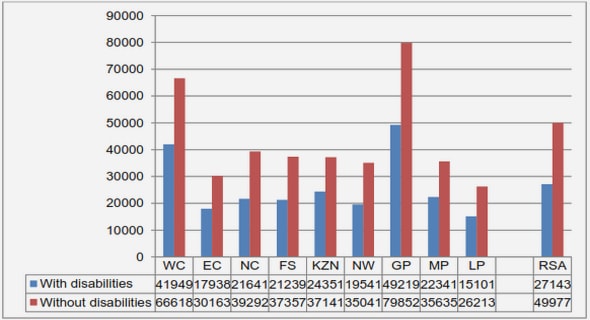(Downloads - 0)
For more info about our services contact : help@bestpfe.com
Table of contents
Chapter 1 – Introduction
1.1 Purpose
1.2 Challenges and solutions already proposed in the literature
1.3 Objectives of the thesis and solution proposed
Chapter 2 – Current situation in WWTP control, modeling and simulation
2.1 Typical characteristics of a municipal WWTP
2.1.1 Influent characteristics
2.1.2 Main processes involved
2.2 Main models of WWTPs
2.2.1 Activated sludge units
2.2.2 Clarifiers
2.2.3 Digesters
2.2.4 Plant-wide models
2.2.5 The Oxidation-Reduction Potential
2.3 Aeration control strategies for WWTP activated sludge units
2.3.1 Simple control based on time
2.3.2 Classic ORP control
2.3.3 Regul’N©
2.3.4 Control based on levels of NH4/NO3 concentrations
2.3.5 STAR© / AMSTAR aeration module
2.3.6 Control for simultaneous nitrification and denitrification
2.3.7 Conclusion on control laws available in practice
2.4 Benchmark simulation models
2.4.1 Benchmark simulation model #1
2.4.2 Benchmark simulation model #2
2.4.3 Objectives to consider in BSMs
2.4.4 Examples and comparison of typical operation of BSM1
2.5 Conclusion
Chapter 3 – Multiobjective optimization with genetic algorithms
3.1 Genetic algorithms
3.1.1 Presentation of the algorithms for the search in binary spaces
3.1.2 Genetic algorithms adaptations for the search in continuous spaces
3.2 Multiobjective optimization
3.2.1 Introduction of multiobjective optimization
3.2.2 Introduction of multiobjective genetic algorithms
3.2.3 The Non-Dominated Sorting Genetic Algorithm
3.2.4 Performance evaluation for multiobjective genetic algorithms
3.3 Conclusion
Chapter 4 – Optimization methodology development on a literature case study
4.1 Presentation of the methodology
4.2 Enhancement of the simulation procedure
4.3 Choice of the evaluation dataset
4.4 Evaluation of the robustness of the optimization in the long-term
4.5 On the importance of the choice of the objectives
4.6 On the importance of using constraints
4.6.1 Definition of the constraints to consider
4.6.2 Example in the case study
4.7 Application of the optimization methodology to the BSM1
4.7.1 Tuning of the GA parameters
4.7.2 Short-term performance at the end of the optimization
4.7.3 Long-term evaluations of the robustness, median performance and comparison of the two control laws
4.7.4 Results of the optimization in terms of controller settings
4.8 Conclusion
Chapter 5 – Application of the methodology to Cambrai WWTP
5.1 Presentation of the case study
5.1.1 Main presentation
5.1.2 Key figures
5.1.3 Control of the aeration system
5.1.4 Goals of the study
5.2 Calibration of an influent model
5.3 Modeling of the WWTP
5.3.1 Description of the model chosen
5.3.2 Results of the model calibration
5.3.3 Reference point for the ORP control law
5.3.4 Reference point for the SABAL control law
5.4 Optimization of the aeration control laws
5.4.1 Optimal short-term performance
5.4.2 Comparison of optimized and real performance
5.4.3 Settings obtained for the optimized control laws
5.5 Conclusion
Chapter 6 – Conclusion- contributions and perspectives for future development
6.1 Conclusion
6.1.1 Summary of key findings
6.1.2 Scope of the methodology- limitations and perspectives
6.2 Conclusion about future research
Bibliography



